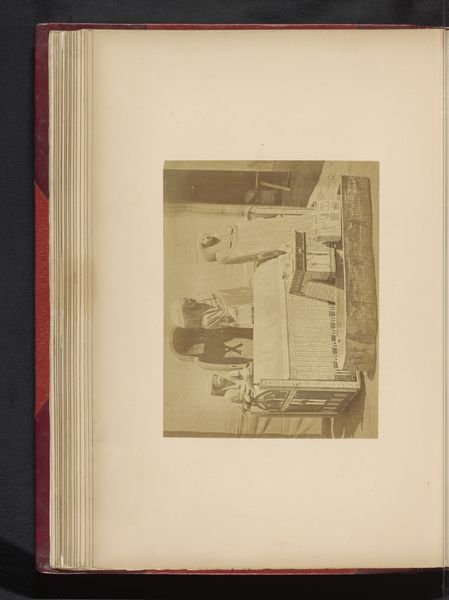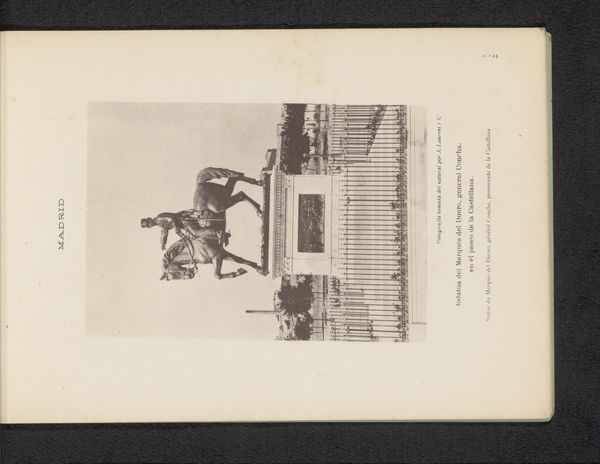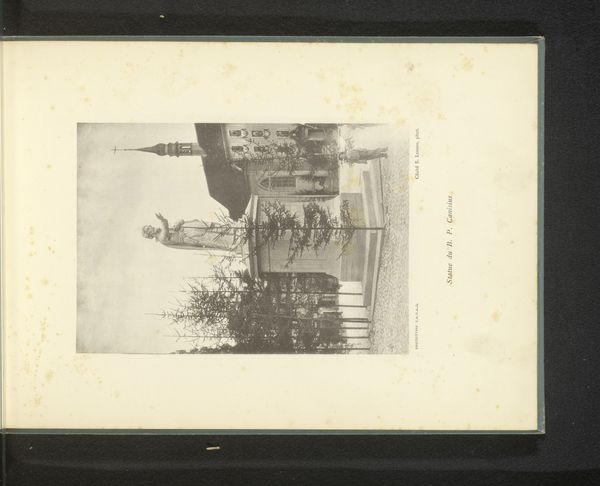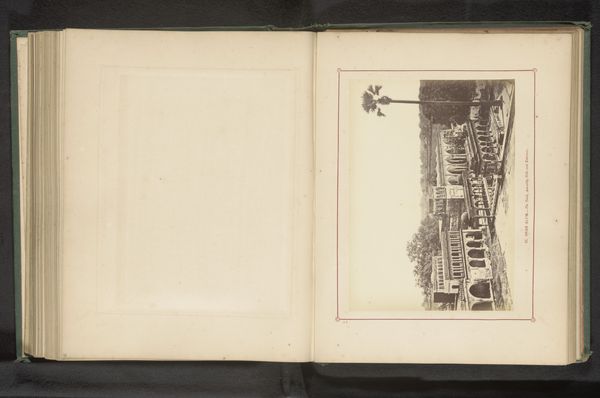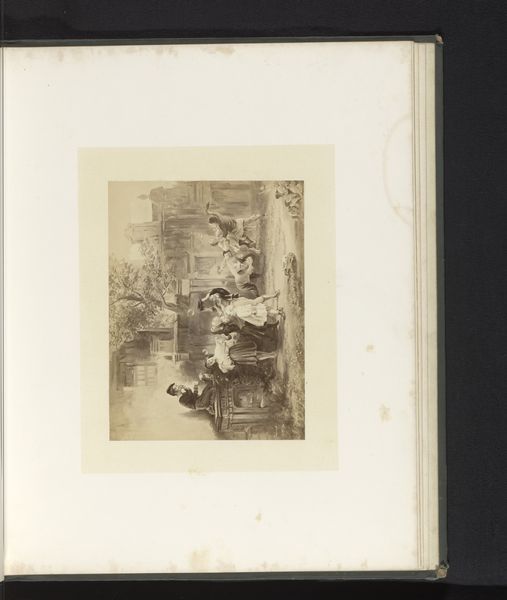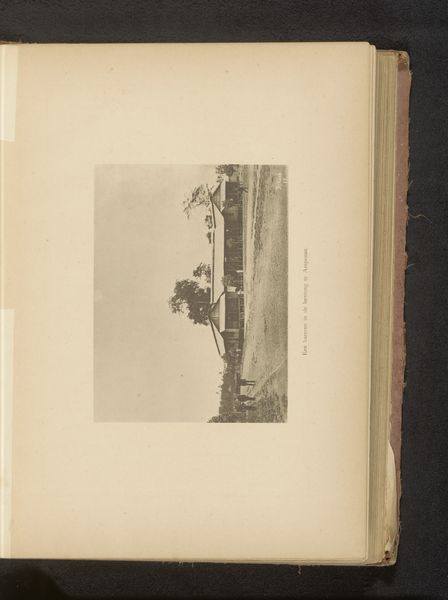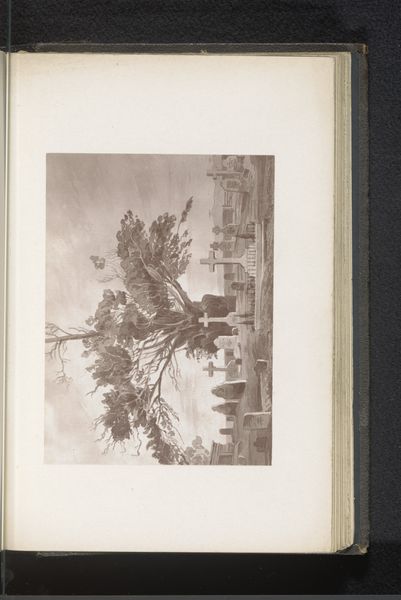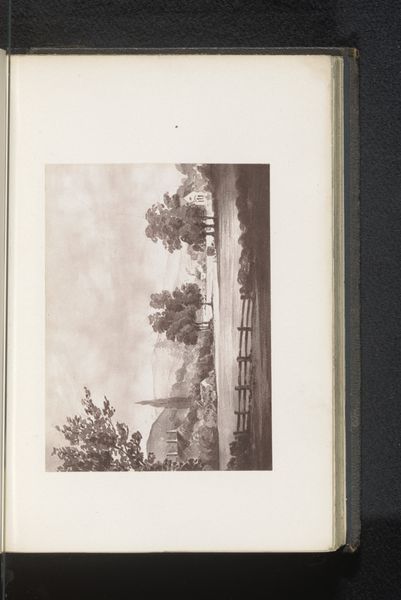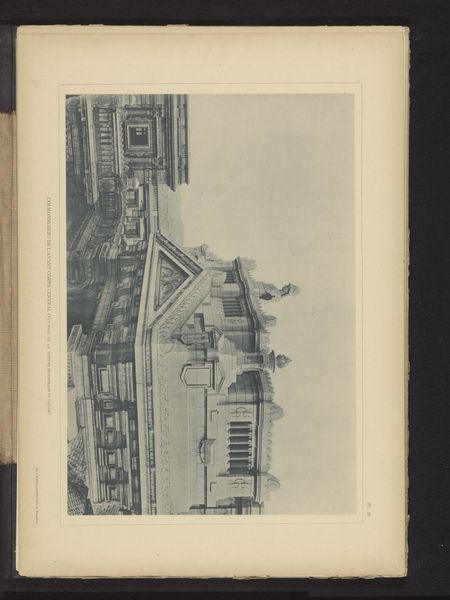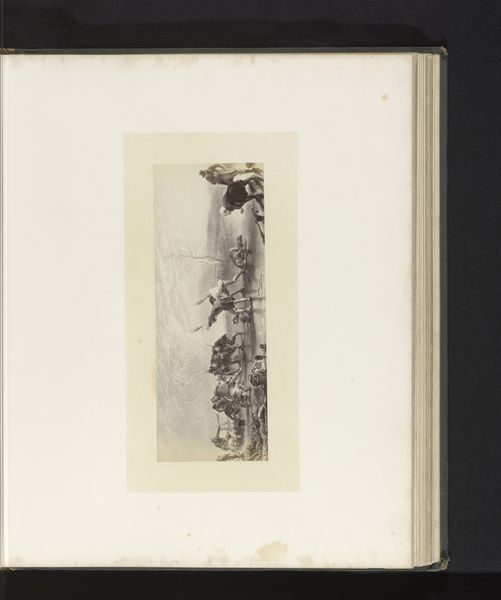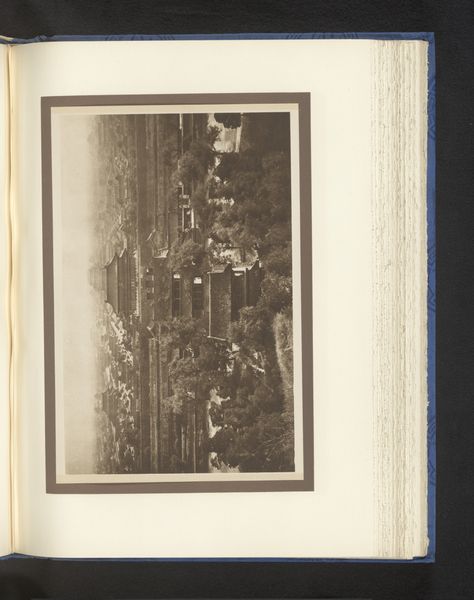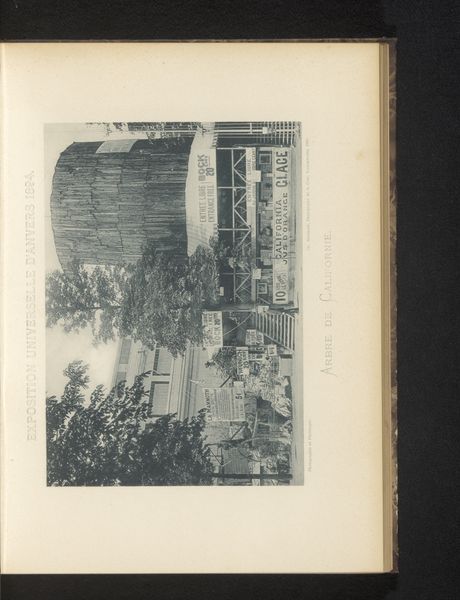
Ruiterstandbeeld van Peter de Grote in Sint-Petersburg, Rusland Possibly 1890 - 1896
0:00
0:00
anonymous
Rijksmuseum
print, photography, sculpture, gelatin-silver-print
# print
#
landscape
#
photography
#
sculpture
#
gelatin-silver-print
#
neo-romanticism
#
realism
Dimensions: height 160 mm, width 225 mm
Copyright: Rijks Museum: Open Domain
Curator: This photograph, entitled "Ruiterstandbeeld van Peter de Grote in Sint-Petersburg, Rusland," is thought to have been captured between 1890 and 1896. It's a gelatin-silver print depicting the famous equestrian statue. Editor: It's striking how the composition directs your eye. The statue, off-center, seems to surge forward, contrasting the flat picture plane. There is some incredible textural gradient within the image’s tonal range. Curator: Indeed. What's fascinating is how the photographer has framed a monument laden with political intent—Peter the Great as the modernizing force of Russia—within the context of late 19th-century Imperial Russia. The monument celebrates Peter's vision, and by extension, reinforces the Romanov dynasty’s power. Editor: I'm drawn to how the lighting models the statue. Look how the stark contrasts emphasize the horse's musculature and Peter's determined gaze. It seems to reinforce movement. The dark tones on the figure contrasted against the open sky create the visual sense of power, even rebellion against its confines. Curator: And think about the selection of gelatine silver; photography at the time enabled a democratization of images, a widening of visual availability that printmaking never quite afforded in that time and place. Editor: True, it creates access. As an artistic choice, this format imbues a kind of neo-Romantic sensibility. One that memorializes past grandeur and a present experience of witnessing that grand gesture through technological prowess. It flattens space, heightening a conceptual appreciation for space that both elevates and historicizes at once. Curator: Perhaps the print's circulation in albums such as this allowed viewers far from St. Petersburg to witness and internalize Imperial ambition. A powerful form of ideological distribution, you might say. Editor: Exactly. I appreciate now that my initial feeling about its movement wasn't just about aesthetics. I feel a movement through history and dissemination that implicates the viewer. Curator: It certainly makes you consider the complexities inherent when viewing monuments and their representations. Editor: A rich testament, reminding us of photography’s potential for aesthetic declaration, political instrument, and lasting symbolic consequence.
Comments
No comments
Be the first to comment and join the conversation on the ultimate creative platform.
